An Introduction to Fungi
1. History of mycology. 2. Kingdoms of fungi and their classification. 3. Fungi: general characteristics. II. Kingdom fungi: 4. Phylum chytridiomycota. 5. Phylum neocallimastigomycota. 6. Phylum blastocladiomycota. 7. Phylum zygomycota. 8. Phylum glomeromycota. 9. Phylum ascomycota. 10. Subphylum taphrinomycotina. 11. Subphylum saccharomycotina. 12. Subphylum pezizomycotina. 13. Anamorphic fungi. 14. Phylum basidiomyciota. 15. Subphylum agaricomycotina. 16. Subphylum ustilaginomycotina. 17. Subphylum pucciniomycotina. III. Kingdom chromista straminopila: 18. Phylum hyphochytriomycota. 19. Phylum labyrinthulomycota. 20. Phylum Oomycota. IV. Kingdom Protozoa: 21. Phylum mycetozoa. 22. Order acrasida. 23. Class plasmodiophorea. V. Biology of Fungi: 24. Symbiotic associations of fungi: I mycorrhiza. 25. Symbiotic associations of fungi: II lichens. 26. Nutrition of fungi. 27. Secondary metabolities. 28. Mycotoxins and mycotoxicoses. 29. Homothallism and hetrerothallism. 30. Heterokaryosis and parasexual cycle. 31. Sex hormones and sex morphogens. Subject Index.
The book deals with fungi, deftly defined as “the organisms studied by mycologists”.The fungi are now placed under three kingdoms: Fungi, Protozoa and Chromista/Straminopila due to their phylogenetic heterogeneity. In the last decade, world wide research projects: the “Deep Hypha” and AFTOL (Assembling the Fungal Tree of Life), have provided a phylogenetic classification based on genetic relatedness as evidenced by DNA sequencing data. The ‘Eumycotan fungi’, the ‘Protozoan fungi’ and the ‘Chromistan fungi’ represent distinct monophyletic groups. i.e. each group has a common ancestor and all are its descendants. The classification offered by above mega research projects and accepted by Dictionary of Fungi (2008) and leading international journals, forms the basis of this book. There are many surprises: Fungi and Animalia together form a monophyletic group. But there is no common name for them, and are called as “sister groups”. The mycologists would discover emergence of a new world of ‘modern mycology’ gleaned from recent publications.
The book starts with History of Mycology remembering Louis Pasteur’s famous quote “History of science is science itself”. There are 31 chapters describing the form and function of fungi. Their symbiotic associations, chemical activities, secondary metabolites, mycotoxins, heterothallism, parasexuality and sex hormones are described under exclusive chapters. Each chapter is followed by a ‘summary’, and ‘test questions’. The book will be indispensable for students of botany, microbiology, plant pathology and medical mycology.
Get it now and save 10%
BECOME A MEMBER

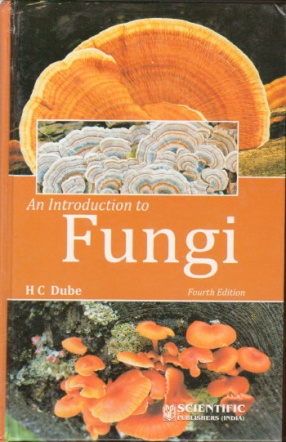

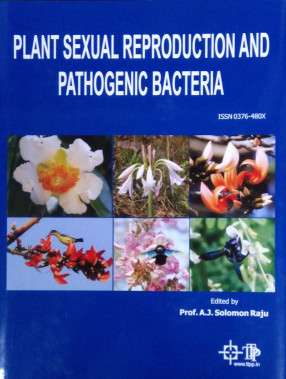
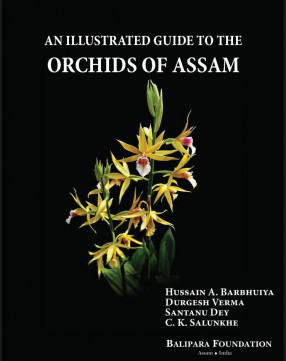
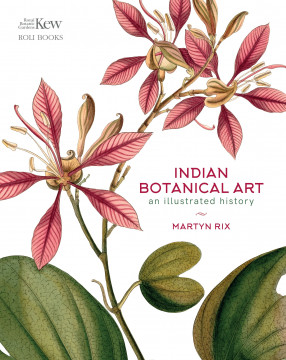
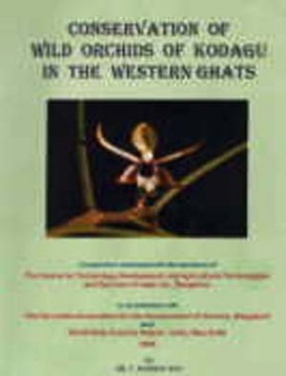

Bibliographic information